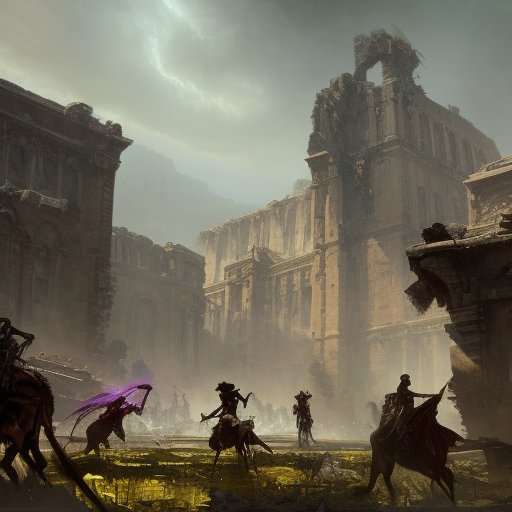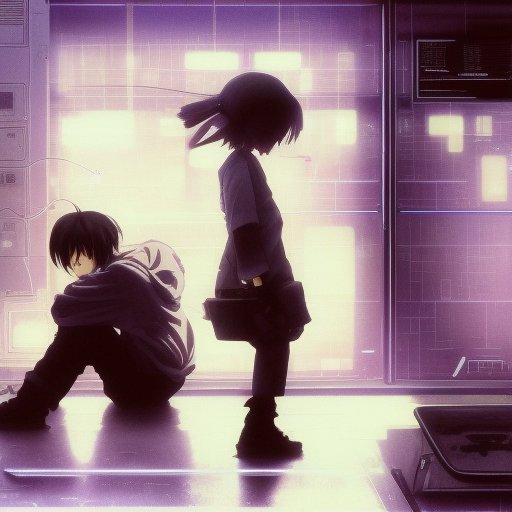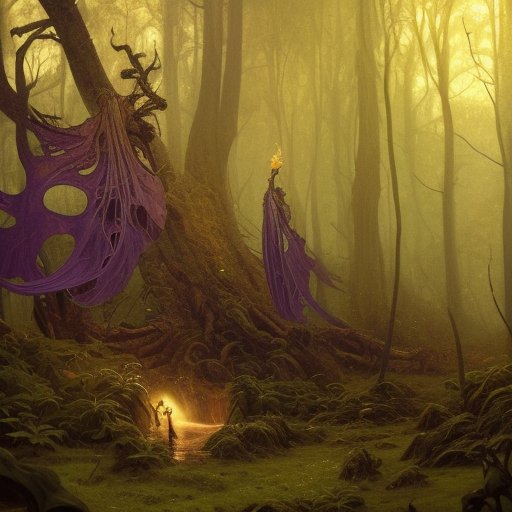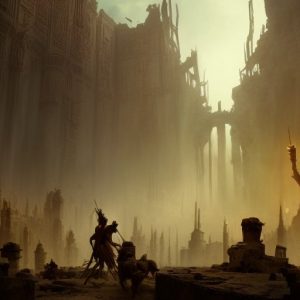
Welcome to a world where the future is now, and the past is an ever-present reminder of the price we’ve paid for progress. In this article, we’ll explore the Native experience in a post-apocalyptic society, where class and economic inequality are the norm, and tribalism is the only way to survive. We’ll examine the importance of education and cultural preservation, as well as the dangers of cultural erasure. As we journey through the ruins of empire, we’ll discover new ways to reclaim our heritage and unite against the forces that seek to tear us apart. Join us on this adventure as we explore the brave new world that awaits us.
I. Introduction
Once upon a time in the not-so-distant future, the world was a very different place. Our planet had been ravaged by wars, natural disasters, and other calamities, leaving behind a crumbling civilization that struggled to survive.

In this new world order, the lines between race and class were blurred. The survivors of the apocalypse faced a harsh reality, one where might made right and the law of the jungle ruled supreme.
But amidst the ruins of empire, a new kind of society emerged. The natives of this brave new world adapted to their surroundings, forging alliances with other tribes and working together to overcome the many challenges they faced.
Their struggles were many – food and water were scarce, disease was rampant, and the remnants of the old world still posed a threat. But through sheer grit and determination, the natives persevered, carving out a new way of life in a post-apocalyptic landscape.
As we delve deeper into the experience of these remarkable survivors, we will explore the challenges they faced and the strategies they employed to stay alive. We will examine the economic inequalities that arose in this brave new world, as well as the class struggles that defined its early days.
We will also delve into the importance of education in this new era, exploring how the natives adapted their learning to fit their harsh environment. And finally, we will examine the perils of cultural erasure – how the loss of identity threatens to rob the survivors of their very souls.
So join me, fellow adventurer, as we take a journey into the heart of a future that is both familiar and alien. In this strange new world, the natives are restless – and they have a story to tell.
II. The Native Experience in a Post-Apocalyptic World
Life after the end of the world was brutal for everyone, but perhaps no group was hit harder than the natives. These were the people who had called this land home long before the apocalypse, and who now found themselves struggling to survive in a world that was largely foreign to them.

For the natives, the apocalypse was not just a disaster – it was a cultural shock. Their way of life had been uprooted, and they were forced to adapt to new forms of governance, new technologies, and new languages.
Many natives found themselves at a severe disadvantage in this new world. They were often illiterate, without access to the modern technologies that had become essential to survival. They were also seen as outsiders, their customs and way of life regarded as strange and outdated by the newcomers.
But the natives refused to be relegated to the sidelines. They banded together, forming tight-knit communities that worked together to support each other in these challenging times. They shared what they knew, teaching each other the skills that would be needed to stay alive in this new world.
Over time, the natives began to carve out a place for themselves in the post-apocalyptic landscape. They developed new forms of government, new cultures, and new technologies that were uniquely their own. They came to see themselves not as relics of the past, but as the pioneers of a new way of life.
The native experience in a post-apocalyptic world is a story of resilience and determination, of hope and of heartbreak. It is the story of a people who refused to let the end of the world be the end of their way of life.
III. Economic Inequality and Class Struggles
The Haves and the Have-Nots is an unfortunate reality in the ruins of empire. The survivors of the apocalypse are divided into two distinct classes: those who have and those who have not. The haves enjoy a privileged way of life, living in the remnants of the old world and enjoying its many luxuries. Meanwhile, the have-nots are forced to contend with a much harsher reality, struggling to survive in a world that is often unforgiving.

The division between these two classes is sharp and unforgiving. The haves wield a great deal of wealth and power, using it to their advantage whenever possible. Meanwhile, the have-nots are often treated as little more than slaves, forced to labor for their more fortunate counterparts.
Despite the hardships they face, however, the have-nots are not without hope. They are a resilient people, determined to make the most of what they have. They have banded together, forming small communities that work together to overcome the many challenges they face.
And yet, for all their efforts, the have-nots are still at a distinct disadvantage. The haves possess resources and technology that are simply beyond the reach of their less fortunate counterparts. They live in enclaves of privilege, enjoying a standard of living that the have-nots can only dream of.
In this harsh new world, economic inequality and class struggles are a fact of life. The haves and the have-nots exist in a constant state of tension, with the former always seeking ways to maintain their privileged position. And yet, no matter how hard they try, the have-nots remain a force to be reckoned with. They are determined to reclaim their rightful place in this new world order – no matter what the cost.
IV. The Tribalism of the New Era
In the ruins of empire, the survivors knew that they had to band together to rebuild their world. Tribalism was the order of the day – the natives banded together into clans and worked together to survive.
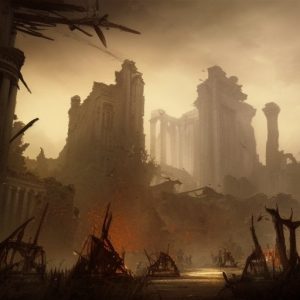
These clans often sprang up along racial and ethnic lines, with different groups joining forces based on shared cultural heritage. But they also came together based on shared values and beliefs, such as a commitment to collective survival and a willingness to work together for the common good.
The bonds that held these tribes together were strong, forged in fire and tempered by hardship. But they were also fragile, threatened by internal conflict and by the incursions of other tribes that sought to impose their will upon their neighbors.
For the natives of this new era, the dangers of tribalism were ever-present. They knew that they had to remain united if they were to stand against the many threats that they faced – but they also knew that the temptation to divide and conquer was all too real.
As the survivors went about their business – gathering food, constructing shelters, fending off raiders – they were constantly reminded of the importance of solidarity. They shared their resources and their knowledge, working together to ensure that their clans thrived in the harsh new world that they had inherited.
And as they looked out on a horizon filled with danger and uncertainty, they knew that their fate was tied together. United they stood, divided they would surely perish.
V. Reclaiming Our Heritage
In a world turned upside down, it’s easy to forget where we came from. But sometimes, the past can be a powerful tool for the present. For the natives of the post-apocalyptic world, reclaiming their heritage was a matter of survival.
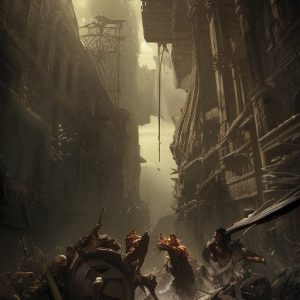
By rediscovering their roots and tapping into the traditional wisdom of their ancestors, the natives found new ways to thrive in an environment that was hostile to human life. From ancient farming techniques to herbal remedies, the knowledge of the past proved to be a valuable asset in the struggle to survive.
But it wasn’t just the practical knowledge that helped the natives reclaim their heritage – it was also the sense of connection and purpose that came with reconnecting with their cultural roots. By celebrating their traditions and customs, the natives were able to create a sense of community and belonging in a world that was defined by violence and chaos.
Of course, there were challenges to be faced along the way. The remnants of the old world often stood in the way of the natives’ efforts to reclaim their heritage, whether through environmental degradation or outright hostility. But the natives persevered, using their resourcefulness and ingenuity to find ways around these obstacles.
And as the natives continued to build upon their newfound sense of cultural identity, they discovered that they were not alone in their quest. Other tribes and communities were also working to reclaim their heritage, and together they formed a network of like-minded individuals who shared a common goal.
In the end, the natives discovered that the past was not something to be feared, but something to be celebrated and cherished. By tapping into the knowledge and traditions of their ancestors, they were able to create a brighter future for themselves and for generations to come.
VI. The Importance of Education
Education was always important to the natives, even in a world gone mad. But in this new order, it was the key to their survival.
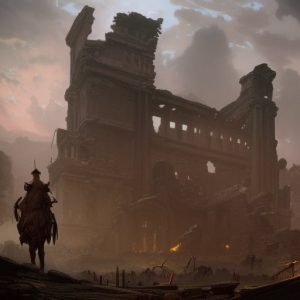
The schools of the old world were gone, but the natives managed to create new ones in their place. They taught the young how to hunt and gather, how to purify water and grow crops. They passed down knowledge of their ancestors, teaching history and culture in a world where those things had lost their meaning.
But it wasn’t just the young who benefited. The elders too were eager to learn new skills, to adapt to the harsh realities of their new world. They attended workshops on medicine and engineering, learning new techniques to keep their communities alive.
And in this new era, education took on a new meaning. No longer was it just about learning for its own sake. It was about learning to survive, about gaining the skills needed to thrive in a world that was constantly changing.
The natives soon discovered that the old ways of teaching wouldn’t suffice. They had to develop new methods, new technologies, new ways of imparting knowledge that were adapted to their unique circumstances. And so they built schools that were both practical and inspiring, places where learning was a way of life.
In the end, education became the greatest weapon in the natives’ arsenal. It helped them to adapt to their surroundings, to find creative solutions to their problems, to build a world that was better than the one they had lost.
And as the years went by, the natives came to understand that the survival of their communities depended on their ability to learn, to grow, to evolve. To them, education was not just a means to an end. It was the very essence of their existence.
VII. The Perils of Cultural Erasure
One of the most frightening consequences of the apocalypse was the threat of cultural erasure. As ancient ways of life were lost, entire communities were at risk of losing their identity and, ultimately, their souls.
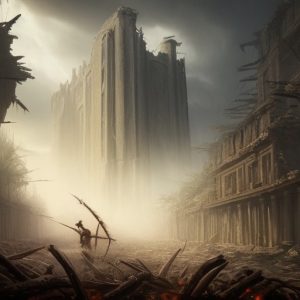
Amidst the harsh realities of the new world, preserving cultural heritage became a top priority for many survivors. Tribal elders passed on stories and legends, hoping to keep their traditions alive. But with each passing day, the threat of cultural loss loomed larger. As the old ways gave way to new, the survivors found themselves struggling to hold onto their very essence.
There were many reasons for this erosion of cultural identity. For some, the need to adapt to new ways of life meant sacrificing the traditions of the past. For others, a sense of despair and hopelessness took hold, leading them to abandon their cultural heritage in favor of a new, more nihilistic worldview. And for still others, the traumas of the apocalypse itself were simply too much to bear, leaving them adrift and without purpose.
As the survivors fought for survival in this new world, it became clear that cultural identity was a critical piece of the puzzle. Without it, they risked becoming little more than wraiths – lost echoes of a time that had already passed. It was up to each individual to take the steps necessary to keep their cultural traditions alive, and to pass them on to future generations.
In the end, the survivors learned a hard but valuable lesson: that cultural heritage was more than just tradition – it was the very fabric of their lives. As they worked to hold onto their past, they found a renewed sense of purpose and meaning in the present. And in a world that was constantly changing, that sense of stability and continuity proved to be the one thing they could count on.
VIII. Conclusion
And so, as we journeyed through the world of the post-apocalypse, we saw firsthand the struggles and triumphs of its native inhabitants. We witnessed the rise and fall of a new society, the birth and death of new alliances, and the power of the human spirit to endure in the face of adversity.

But what does the future hold for these intrepid survivors? Will they continue to thrive in a world without rules, or will they succumb to the same demons that destroyed the old world?
As we move forward, we must remember the lessons of the past. We must strive to build a better world, one that is free from the mistakes and injustices of the past. We must embrace our tribal heritage and work together to create a society that is just and fair for all.
For in the end, it is the strength of our community that will determine our fate. Whether we survive or perish, the bonds that bind us together will remain strong, a testament to the indomitable nature of the human spirit.
So let us journey forth, into a tomorrow that is both bright and uncertain. Let us embrace the challenges that lie ahead, and work together to build a new world in the ruins of the old. For tomorrow, and tomorrow, and tomorrow, we shall continue to grow and evolve, carving out our destiny in a world that is truly our own.
